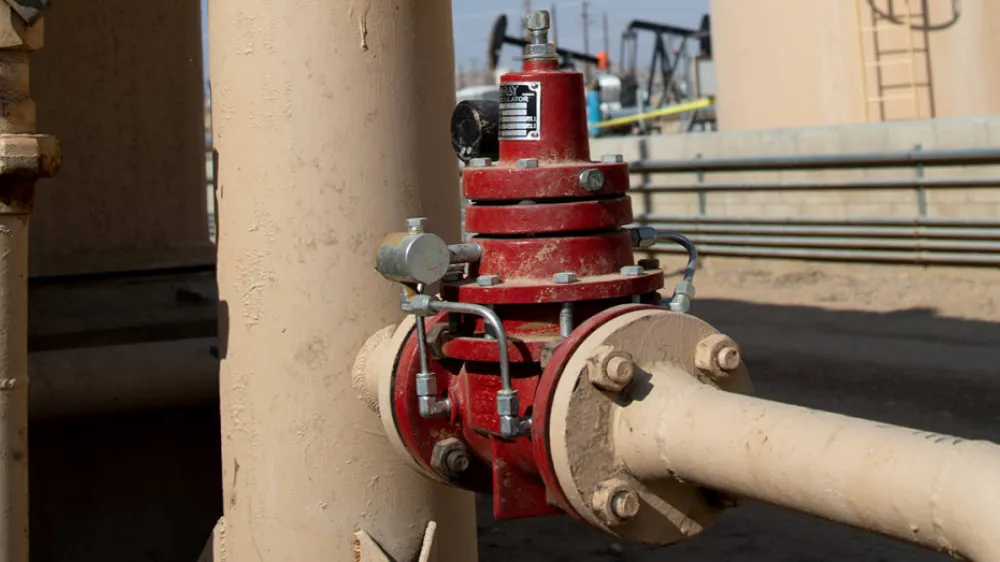
The Emissions Challenge
An ongoing challenge for oil and gas producers is maintaining optimal operation of their production while keeping natural gas emissions low.
With states like Colorado and New Mexico moving toward more stringent emission regulations, and additional federal regulations always a possibility, producers need to start considering how to keep production moving despite emission limitations.
Control Valve Emissions
One area of production that has traditionally emitted natural gas is the control valve.
Pneumatic control valves use natural gas to actuate the diaphragm of the valve and open or close it, depending on what the specific process and conditions call for.
When the natural gas has done its job and is no longer needed in the valve, it is vented, or “emitted,” to atmosphere.
The good news is producers now have a growing number of options to limit control valve emissions. These include:
- using an air compressor to supply pneumatic control valves
- using electric actuators or I/P positioners with control valves
- installing vapor recovery units (VRUs)
- installing non-venting pneumatic control valves
Below, we’ll explain how a non-venting pneumatic control valve works.
Non-venting Pneumatic Control Valves
Kimray pneumatic control valves and regulators are used in applications including back pressure regulation and pressure reducing regulation.
Our standard pneumatic control valves currently come tubed to vent to atmosphere. However, we also offer many non-venting versions.
Like the venting versions, these non-venting valves use process natural gas to supply the diaphragm and actuate the valve. Then, rather than venting the gas to atmosphere, they send the gas back into the production line.
You can convert many pneumatic valves, including our back pressure regulator, from vent to non-vent.
To speak with an expert about managing control valve emissions in your operation, contact your local Kimray store or authorized distributor.








































